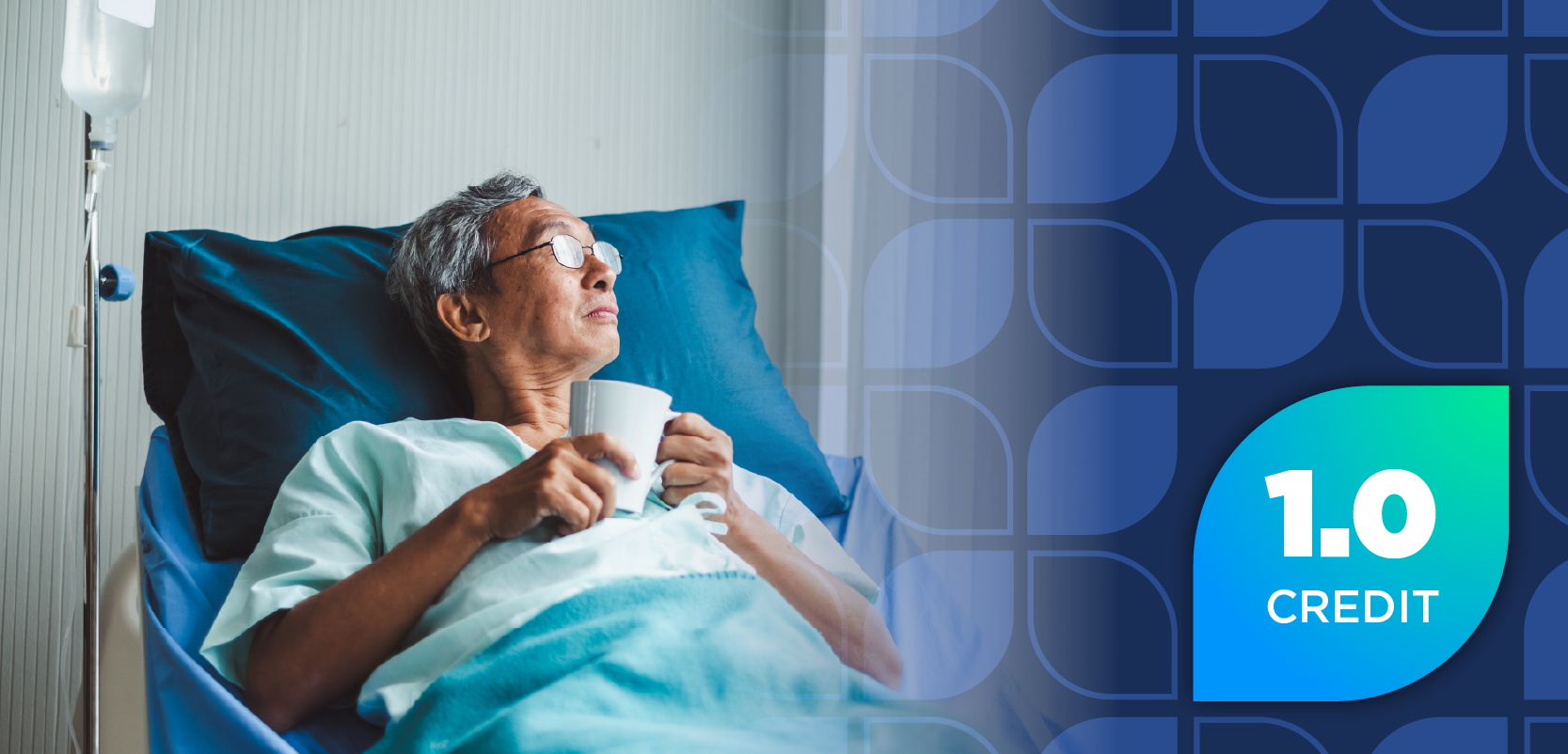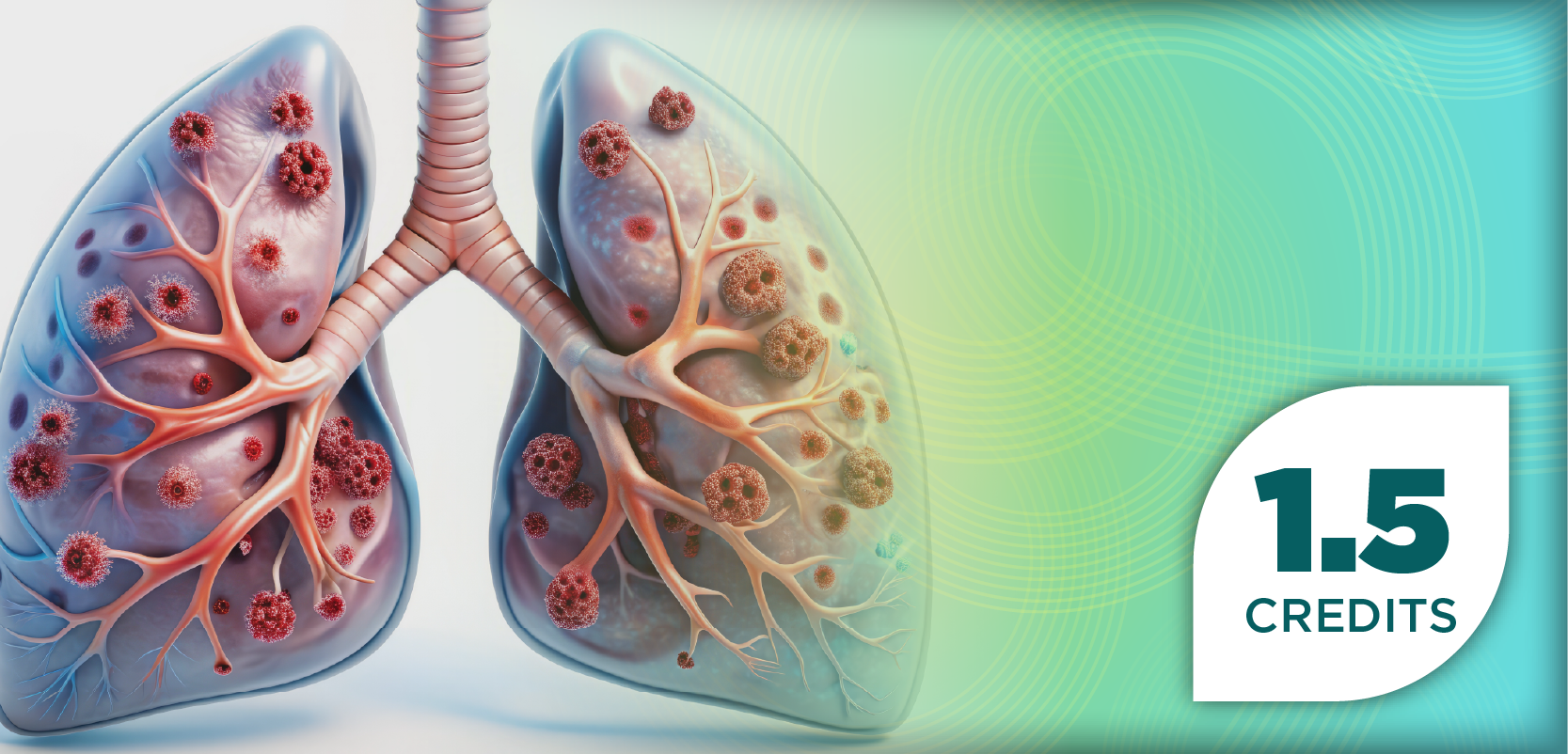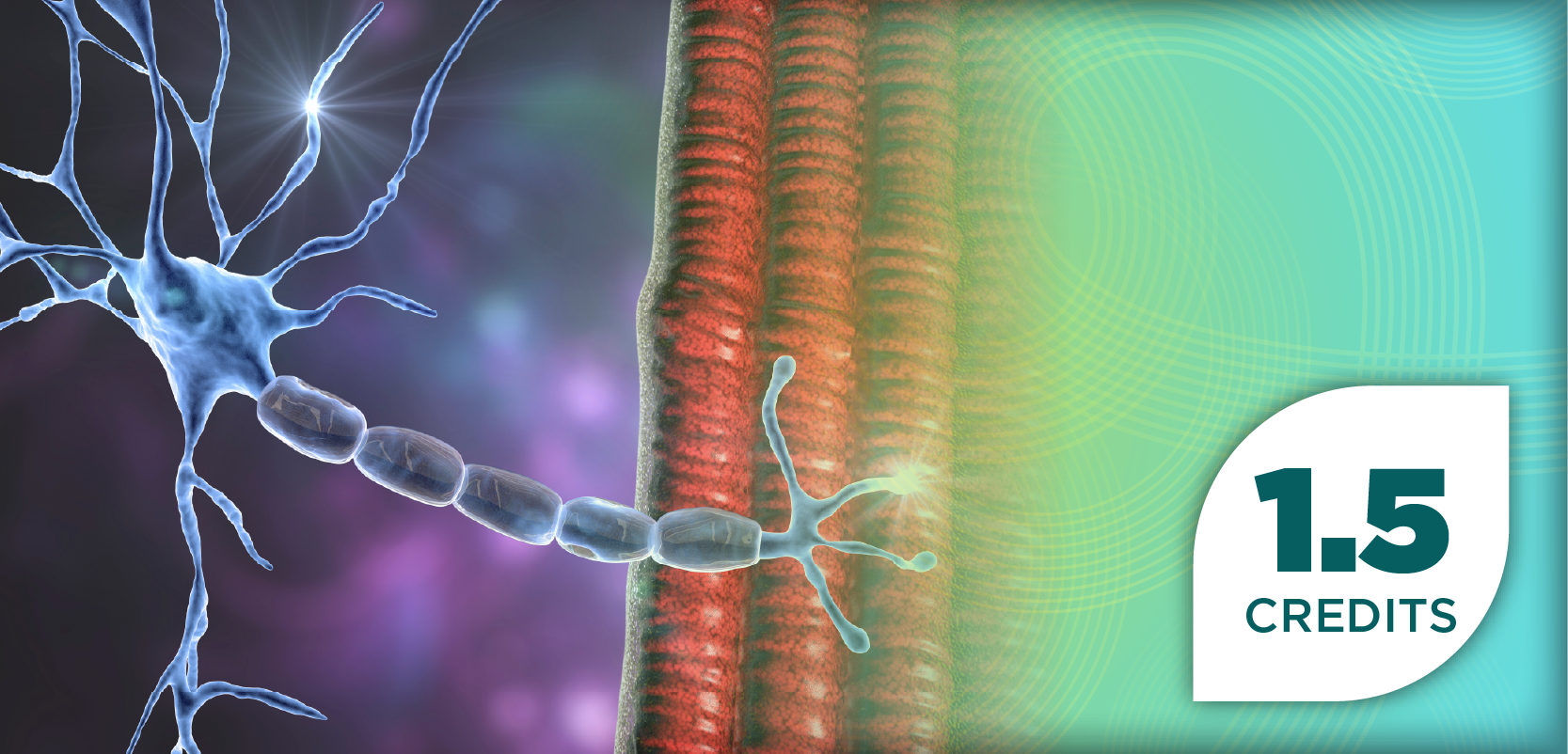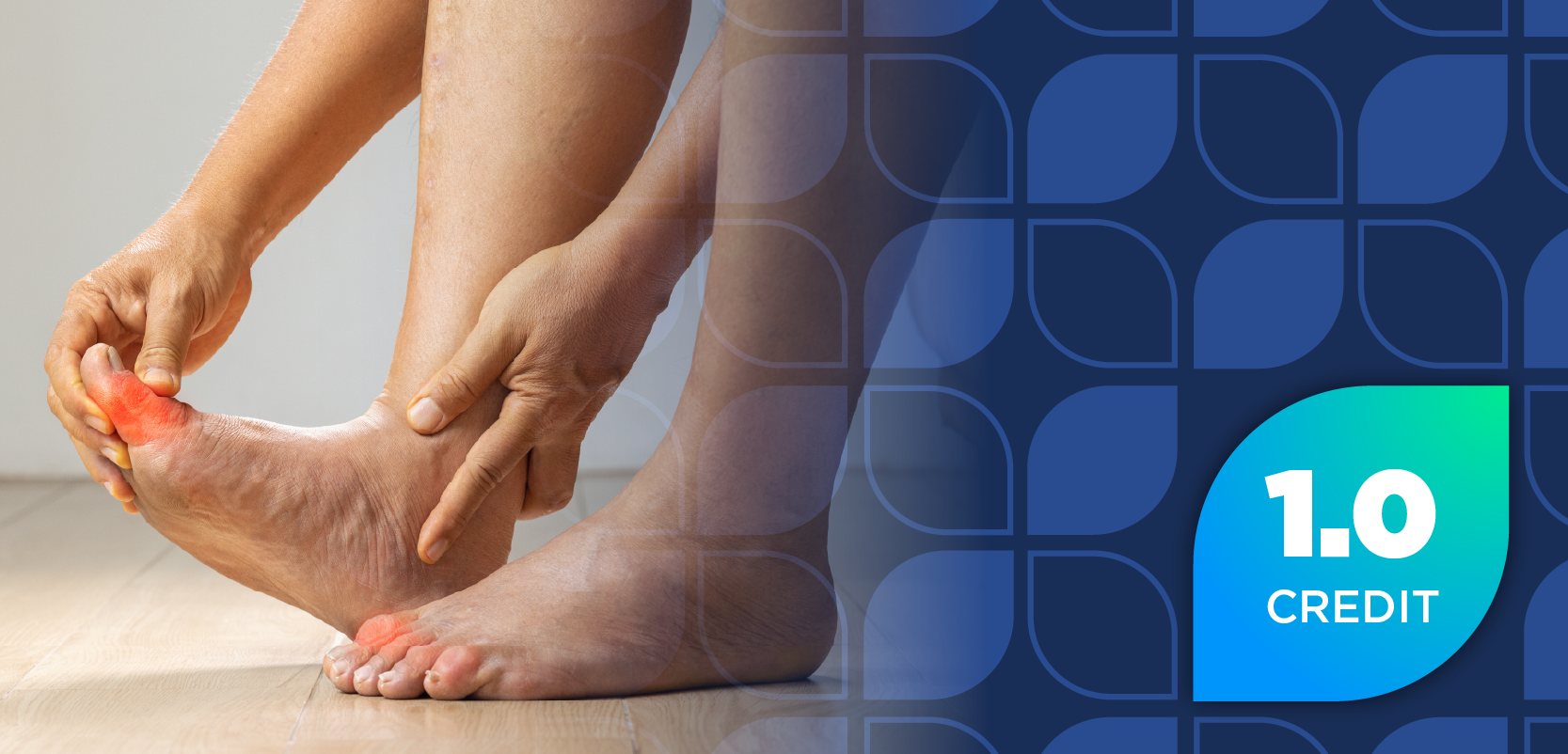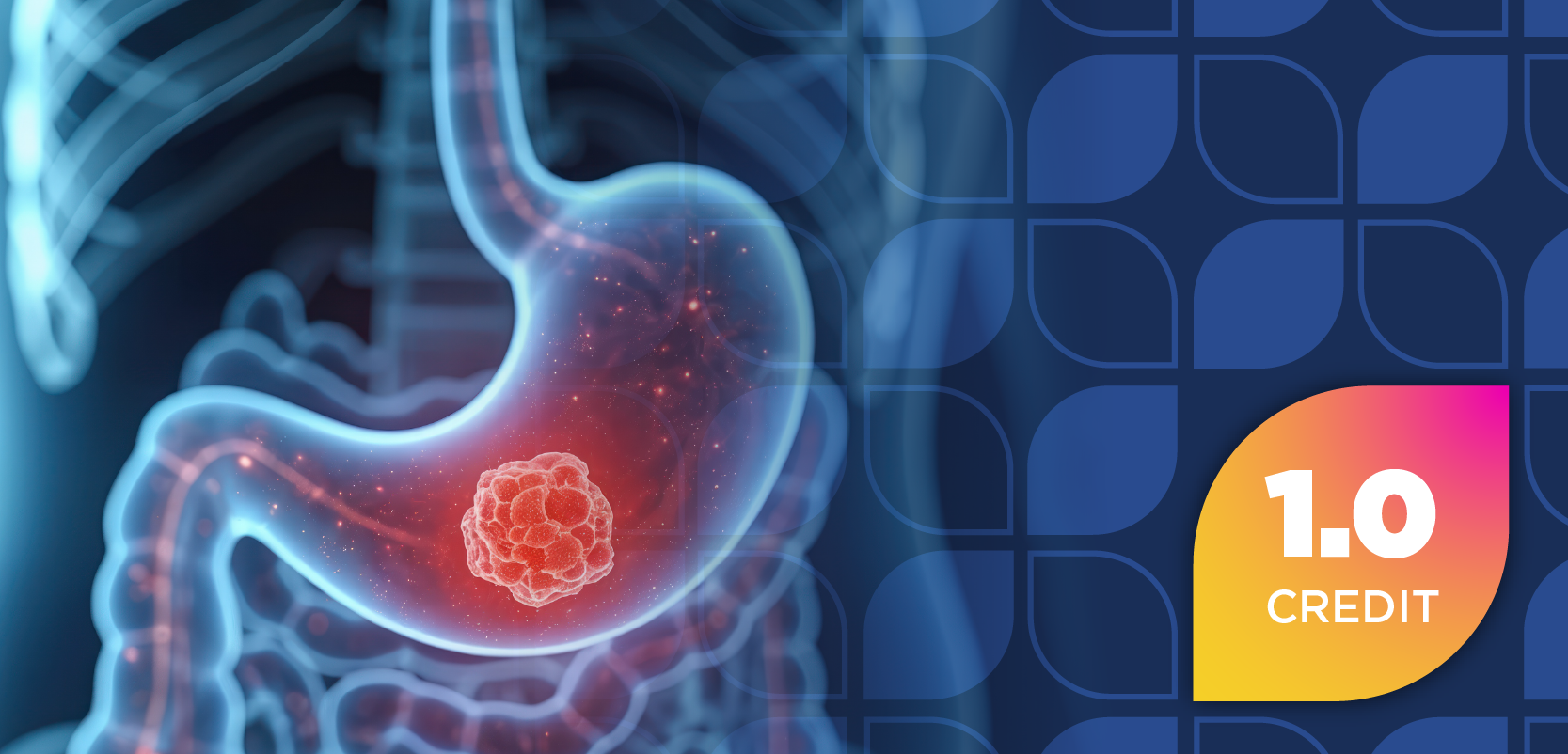
NCPA and USC Launch First Publicly Available Tool to Identify Pharmacy Shortage Areas Across America

Key Takeaways
- The mapping tool identifies pharmacy shortage areas, highlighting access challenges in rural and underserved urban communities.
- Developed by USC's Dima Mazen Qato and team, the tool is now publicly accessible for journalists, policymakers, and community advocates.
Interactive map reveals critical access gaps in rural and underserved communities.
ALEXANDRIA, Va. (Nov. 4, 2025) – The National Community Pharmacists Association (NCPA), in collaboration with the University of Southern California (USC), today unveiled an interactive, user-friendly pharmacy shortage area mapping tool available to the general public for the first time.
Previously accessible only to select individuals and organizations, the tool can now be used by journalists, policymakers, county health officials, community advocates, and the public to identify pharmacy shortage areas and understand access challenges in their local communities.
The
"Pharmacies are a critical access point for the prevention and treatment of acute and chronic illness yet many are closing and not accessible to communities that need them," said Qato. "For decades, the World Health Organization has considered geographic access to pharmacies as a key determinant of access to essential medicines."
The mapping tool reveals that approximately one in eight U.S. neighborhoods — representing millions of Americans — persistently lack convenient access to pharmacy services. In rural areas and underserved urban communities, the problem is far more severe, with some states and counties experiencing shortage rates approaching 50 percent.
The tool defines pharmacy shortage areas based on travel distance to the nearest pharmacy as defined below:
- More than 10 miles in rural areas
- More than 2 miles in suburban areas
- More than 1 mile in urban areas
- More than half a mile in low-income neighborhoods with low vehicle ownership
Over the past year, pharmacy closures across the country have left families across the country with fewer options. As these closures impact communities, this tool will help assess what communities will be impacted with both recent and future closures.
"Independent community pharmacies are the health care safety net in thousands of communities across America, yet they're being systematically squeezed out by payment policies that don't reflect the critical role they play," said Douglas Hoey, CEO of the NCPA. "We need leaders at every level to use this data to protect these lifeline pharmacies before more neighborhoods are in crisis. When you lose your local pharmacy, you lose more than a place to fill prescriptions — you lose a trusted health adviser, a medication safety expert, and often the most accessible health care provider in the community."
"Pharmacy shortage areas represent a persistent and worsening crisis in health care access," said Ronna B. Hauser, PharmD, NCPA's senior vice president of policy and pharmacy affairs and co-director of the Pharmacy Access Initiative. "This interactive mapping tool can now be used to combat that crisis — identifying critical pharmacies and allowing communities and policymakers to come together to ensure pharmacy access for individuals and families."
Users of the policy tool will be able to:
- Identify neighborhoods designated as pharmacy shortage areas between 2010 and 2024
- Track pharmacy closures and new openings over time
- Identify pharmacies that are "critical access" — meaning their closure would create a new shortage or worsen pharmacy access in an existing one
- View data by state, county, and congressional district
- Generate printable maps
The tool will be updated regularly with new features and measures, including travel time, updated data and StoryMaps.
To access the interactive tool, or schedule an interview, reach out to Chloe Lerner at
Newsletter
Stay informed on drug updates, treatment guidelines, and pharmacy practice trends—subscribe to Pharmacy Times for weekly clinical insights.























































































































